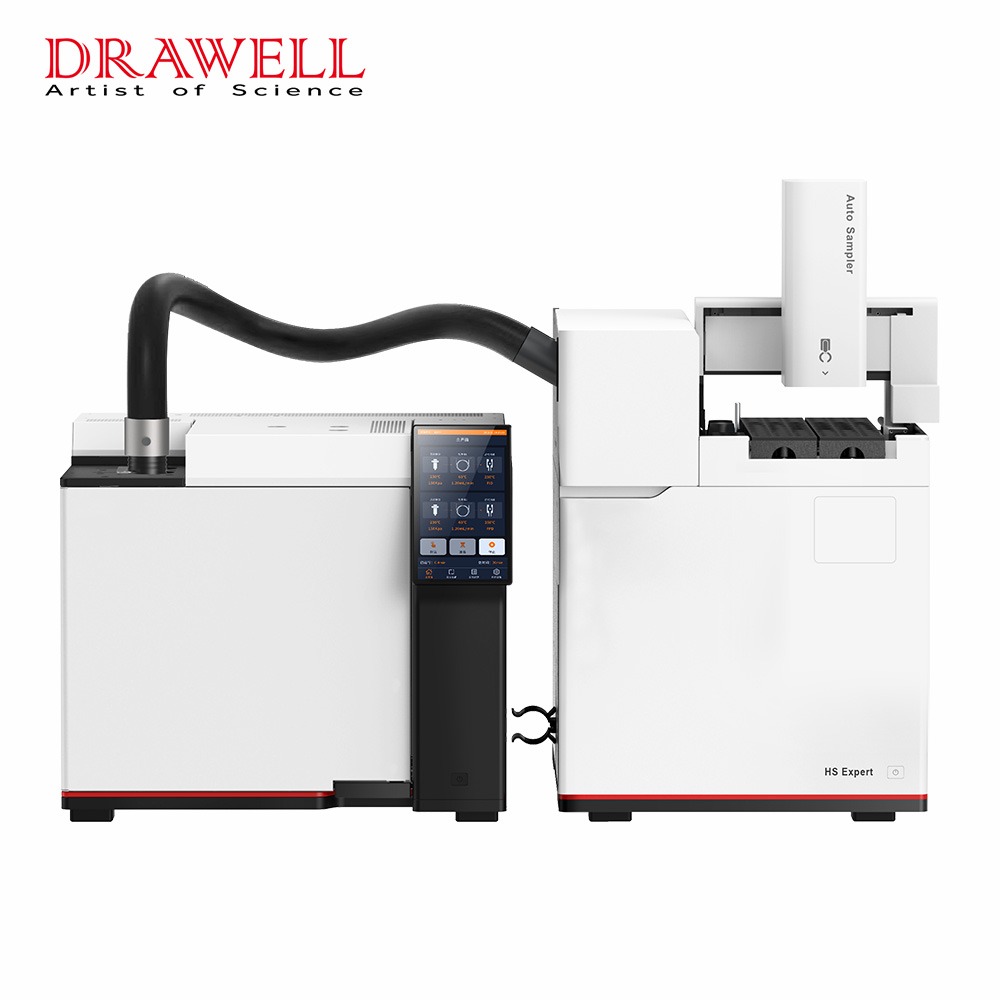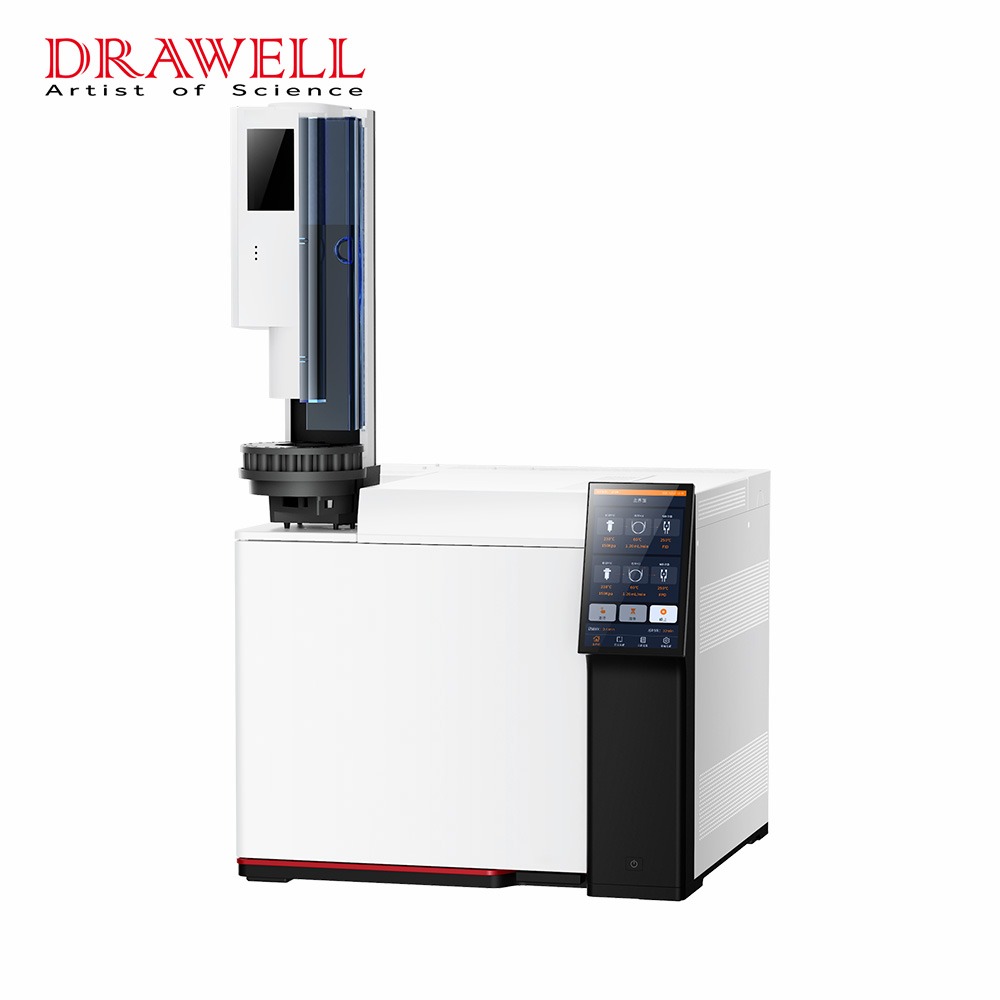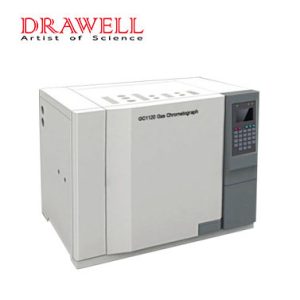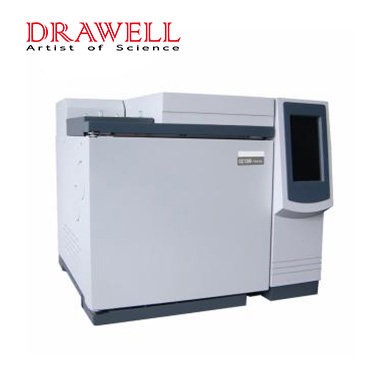Gas chromatography (GC) is a cornerstone of analytical chemistry, serving an important role in the separation and identification of complex mixtures of compounds. Gas chromatography emerges as a powerful and versatile technique for the detection and analysis of organophosphates, a class of chemicals widely used in agriculture, industry, and warfare. In this article, we focus on the topic of gas chromatography for organophosphates, delving into the principles of gas chromatography for organophosphates, its applications, and the significance of accurate detection in various fields.
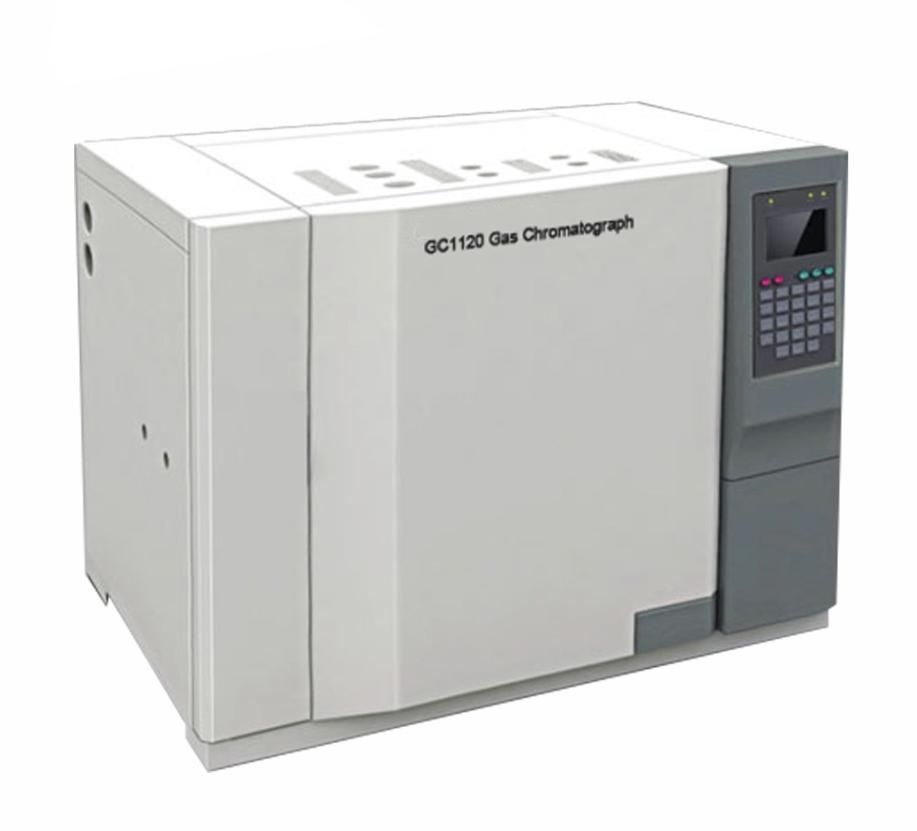
The Principles of Gas Chromatography for Organophosphates
Understanding Organophosphates
Organophosphates are phosphorus-containing chemicals that are commonly used as pesticides, herbicides, and even nerve agents. While these compounds have many uses, their potential toxicity to humans and the environment necessitates the use of precise analytical methods for detection and quantification.
The Gas Chromatography Technique
Gas chromatography is a method for separating and analyzing volatile compounds in a sample.
- Gas chromatography is a powerful analytical technique used for separating and analyzing volatile compounds based on their interaction with a stationary phase and a mobile gas phase.
- In gas chromatography, a sample is vaporized and injected into a chromatographic column, where it undergoes separation based on differences in partitioning between the stationary and mobile phases.
- The separated compounds are then detected and quantified using a detector, such as a flame ionization detector (FID) or a mass spectrometer (MS), based on their retention times and characteristic signals.

Operation Steps of Gas Chromatography for Organophosphates
1. Sample Preparation
Organophosphate-containing samples must be properly prepared before analysis. Extraction and derivatization processes are frequently used to convert target compounds into forms suitable for gas chromatographic analysis.

2. Column Selection
The chromatographic column used in the separation of organophosphates is critical. To achieve high resolution and sensitivity, capillary columns coated with stationary phases such as polyethylene glycol or other polar materials are commonly used.
3. Derivatization
Organophosphates frequently lack volatility, and their analysis may necessitate derivatization to improve detectability. The compounds are chemically modified in this step to make them more amenable to the gas chromatography process.
4. Detector Options
For organophosphate analysis, flame photometric detectors (FPD) and phosphorus-specific detectors are commonly used. These detectors respond to phosphorus-containing compounds selectively, providing increased sensitivity and specificity.
5. Quantification and Identification
Organophosphates in a sample can be quantified and identified using gas chromatography. Calibration curves with standard solutions aid in concentration quantification, while retention times and characteristic peaks aid in identification.
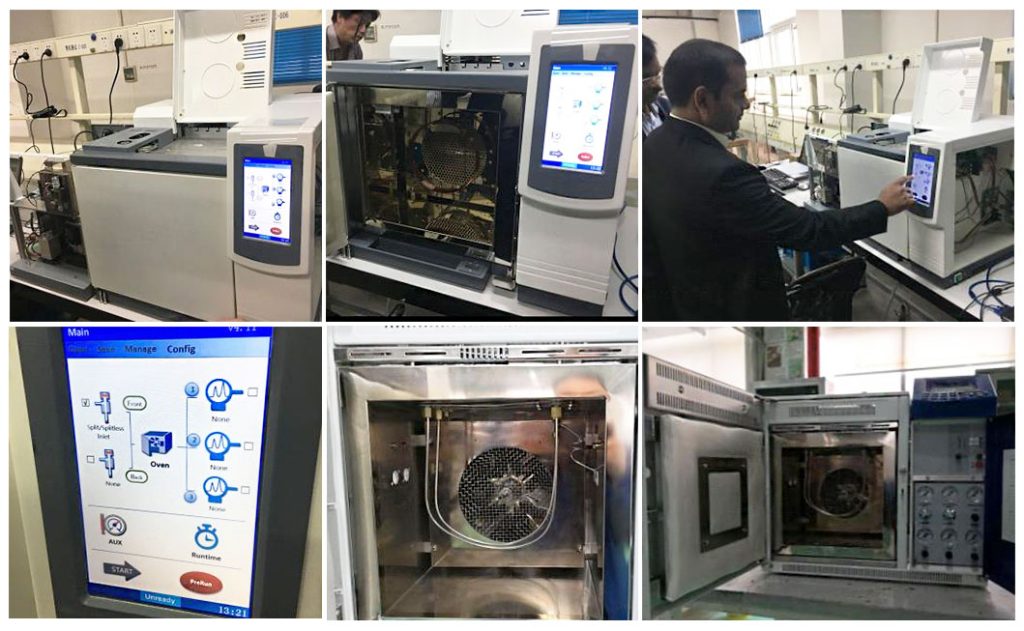
Applications of Gas Chromatography in Organophosphate Analysis
1. Environmental Monitoring
- Gas chromatography is widely used for monitoring organophosphate pesticides and other pollutants in environmental samples such as air, water, soil, and sediments.
- Environmental agencies employ GC to assess contamination levels, track sources of pollution, and evaluate the effectiveness of remediation efforts.
- GC enables the detection of trace amounts of organophosphates, even in complex environmental matrices, providing valuable insights into environmental quality and ecosystem health.
2. Agricultural Analysis
- In agriculture, GC is employed to analyze pesticide residues in food products, crops, and soil samples.
- Regulatory agencies utilize GC-based methods to ensure compliance with maximum residue limits (MRLs) and food safety standards, protecting consumers from exposure to harmful levels of organophosphate residues.
- Gas chromatography enables rapid and accurate quantification of pesticide residues, supporting sustainable agricultural practices and safe food production.
3. Forensic Toxicology
- Gas chromatography is indispensable in forensic toxicology for the detection and quantification of organophosphates in biological samples such as blood, urine, and tissues.
- Forensic laboratories utilize GC to investigate cases of suspected organophosphate poisoning, including accidental exposures, intentional poisonings, and chemical warfare incidents.
- GC-based methods provide forensic scientists with valuable evidence for determining the presence, concentration, and metabolic pathways of organophosphates in biological specimens.
4. Industrial Hygiene
- In occupational health and safety, GC is employed for monitoring and assessing workplace exposure to organophosphate compounds in industrial settings.
- Occupational hygiene professionals use GC to measure airborne concentrations of organophosphates in workplace air samples, ensuring compliance with occupational exposure limits (OELs) and protecting workers’ health.
- Gas chromatography based methods enable real-time monitoring and quantification of organophosphate vapors, aerosols, and particulates, facilitating hazard identification and risk assessment in industrial environments.
5. Environmental Fate and Transport Studies
- Gas chromatography is utilized in environmental fate and transport studies to investigate the behavior, persistence, and degradation pathways of organophosphate compounds in natural and engineered systems.
- Researchers employ GC-based techniques to analyze the transformation products, metabolites, and breakdown intermediates of organophosphates in environmental samples, shedding light on their fate and environmental impact.
- GC enables the identification and quantification of degradation products resulting from chemical, biological, or photochemical processes, informing risk assessments and environmental management strategies.
6. Research and Development
- In research and development (R&D) settings, GC serves as a valuable tool for studying the chemistry, kinetics, and toxicology of organophosphate compounds.
- Scientists use GC-based methods to investigate the structure-activity relationships of organophosphates, assess their bioavailability and bioaccumulation potential, and develop novel analytical techniques for their detection and analysis.
- Gas chromatography research contributes to advancing our understanding of organophosphate chemistry and toxicity, informing regulatory decision-making and guiding the development of safer alternatives.
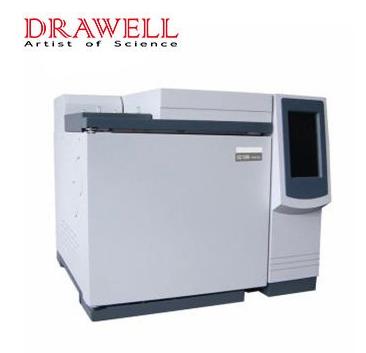
Future Perspectives and Challenges in Gas Chromatography for Organophosphate Analysis
1. Enhanced Sensitivity and Selectivity
- Future developments in gas chromatography instrumentation aim to improve sensitivity and selectivity for the detection of organophosphates at trace levels.
- Advancements in detector technology, such as ultra-sensitive mass spectrometers and selective ionization techniques, can enhance detection capabilities and reduce background noise.
- Novel stationary phase materials with enhanced selectivity for organophosphates may be developed to improve chromatographic separation and peak resolution.
2. Miniaturization and Portability
- There is a growing demand for miniaturized and portable gas chromatography systems for on-site analysis of organophosphates in field settings.
- Future developments may focus on shrinking the size and footprint of GC instruments while maintaining or improving analytical performance.
- Handheld or field-deployable GC systems with integrated sampling and analysis capabilities could enable rapid screening and detection of organophosphates in environmental, agricultural, and forensic applications.
3. Automation and High-Throughput Analysis
- Automation of sample preparation, injection, and analysis processes can streamline workflow and increase throughput for large-scale organophosphate analysis.
- Future gas chromatography systems may incorporate robotic sample handling, automated derivatization techniques, and software-controlled data processing for efficient and high-throughput analysis.
- Integrated sample-to-answer platforms combining sample preparation, analysis, and data interpretation could further simplify the analytical workflow and reduce turnaround times.
4. Multi-dimensional Chromatography
- Multi-dimensional chromatography techniques, such as comprehensive two-dimensional gas chromatography (GC×GC), offer improved peak capacity and resolution for complex sample matrices.
- Future developments may focus on integrating GC×GC with advanced detection systems, such as time-of-flight mass spectrometry (TOF-MS), to enhance analytical capabilities for organophosphate analysis.
- Multi-dimensional chromatography approaches enable better characterization of complex mixtures and identification of trace-level compounds, enhancing the depth and accuracy of organophosphate analysis.
5. Data Analysis and Interpretation
- With the increasing complexity and volume of data generated by gas chromatography analysis, future efforts may focus on developing advanced data analysis and interpretation tools.
- Machine learning algorithms, artificial intelligence (AI), and chemometric techniques can aid in pattern recognition, peak identification, and quantification of organophosphates in chromatographic data.
- User-friendly software platforms with built-in data processing algorithms and visualization tools could facilitate rapid analysis and interpretation of GC results, even for non-expert users.
6. Regulatory Compliance and Standardization
- As regulatory requirements for organophosphate analysis continue to evolve, there is a need for standardized methods and reference materials to ensure accuracy, reproducibility, and regulatory compliance.
- Collaborative efforts among regulatory agencies, industry stakeholders, and analytical laboratories are essential for the development and validation of standardized gas chromatography methods for organophosphate analysis.
- International proficiency testing programs and inter-laboratory comparison studies can help establish consensus on method performance and harmonize analytical practices across laboratories and jurisdictions.
Conclusion
In the analysis of organophosphates, gas chromatography is an indispensable tool, providing researchers and analysts with a reliable method for detection, quantification, and identification. As concerns about the effects of these compounds on human health and the environment grow, the use of gas chromatography in this field remains critical for ensuring accurate and sensitive analyses, thereby contributing to advances in environmental science, agriculture, occupational safety, and forensic investigations.

